Get up, stand up.
Prone great. It is no surprise that prone shooting is a very popular and common shooting position. The first thing that comes to mind when I think about prone shooting is stability. Gravity and several contact points with the ground or bench make the rifle as stable as it gets. In prone, even a beginner can get a clear, movement-free sight picture and start learning and applying the fundamentals of marksmanship well. With a modern bolt gun, and the right training, a novice can quickly learn to shoot very small groups in a short amount of time, and that reinforces a lot of signals to the brain that make you want to do more of it. We all know that wanting to shoot more tends to be a good thing too!
Stability Is Key
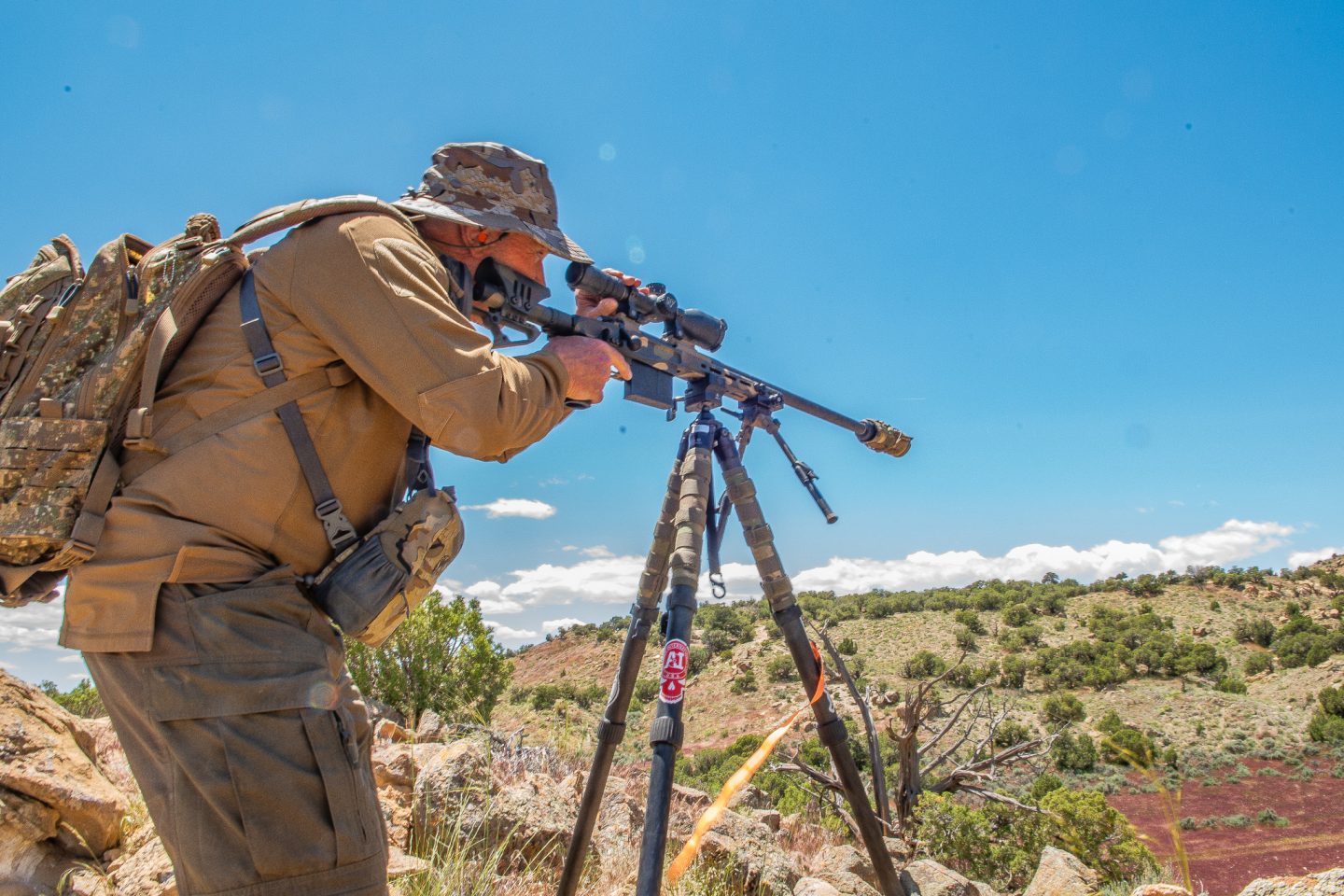
Stability is something we strive for in all positions, but in prone, it comes easiest. Part of what makes it so stable, beyond gravity and support items like bags and bipods, is that it also has less contact with the person. I often sound like a broken record, but I will say it again: the shooter is the largest source of error in marksmanship. The less we are grabbing and influencing instability and contact points for energy transfer, the more the rifle system can do what it can do to its maximum effectiveness.
Other bonus factors of prone are that it usually requires fewer equipment/prop requirements. At its simplest, you just lay down and shoot. Pretty simple.
Yet, we’re not reading this to reinforce belly shooting and all of its upsides. We know that as marksmen, we want to be effective at any height and scenario, and we don’t live life laying down. Well, I don’t.
Training the Standing Position
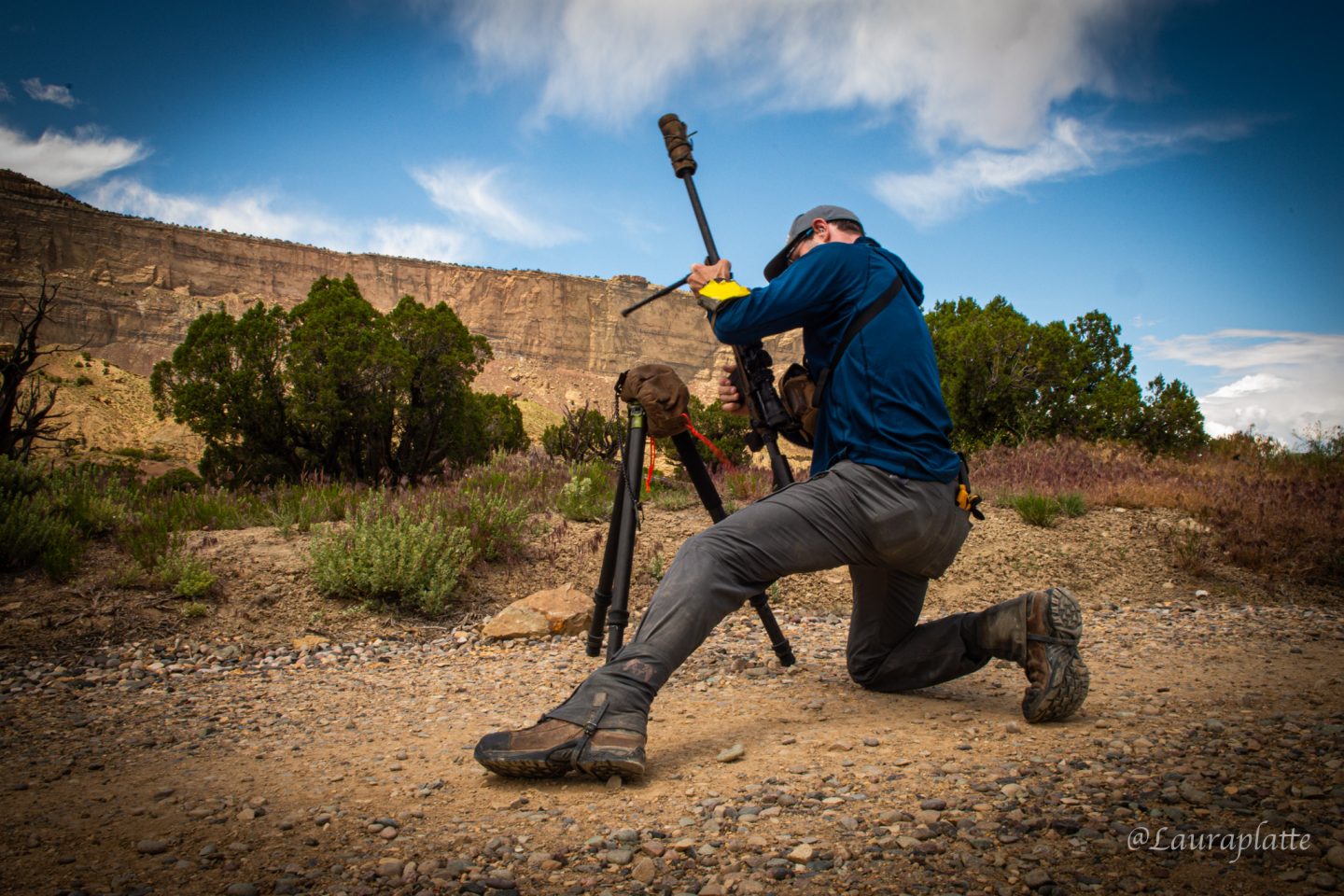
I spend most of my day standing up. I walk around, and when I’m going to the range, competition, etc., I’m usually carrying my gear standing up. So, why take the time to lay down and then get back up if you don’t need to? Well, most shooters without training increase their shooting group size by 4+ inches when starting to shoot positionally without coaching. Seeing shots go all over the place after printing small groups can be hard to swallow and force someone back to the ground.
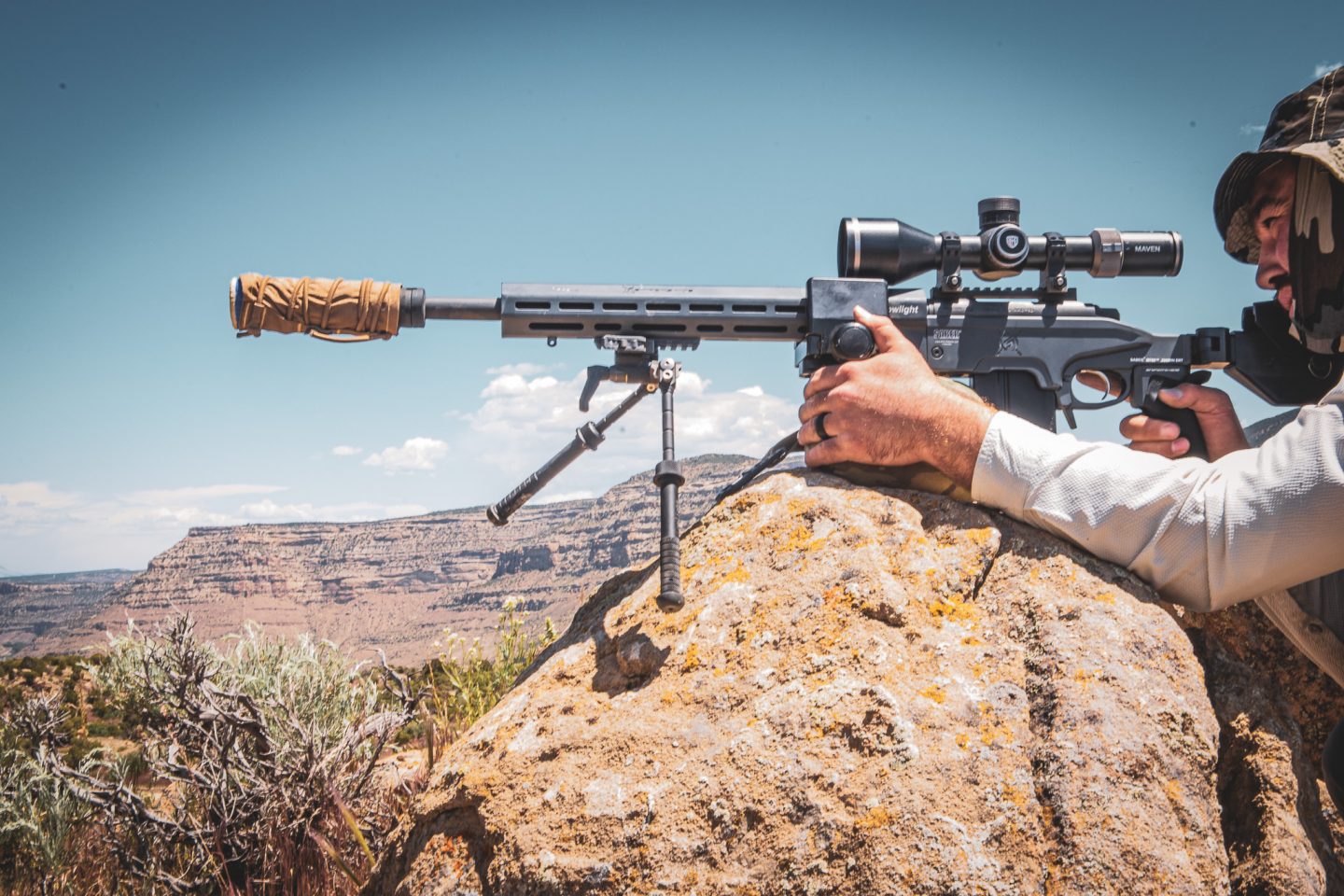
Prone is the Rare Shot
However, in the field, I commonly find that shots are hard to take prone. If a prone shot is available, it can often only be discovered by searching around for the correct position. For me, most of the time, there are way more opportunities to see and engage a target from an elevated position. I understand that with time, there is opportunity and that there can be upsides to finding the prone shot.
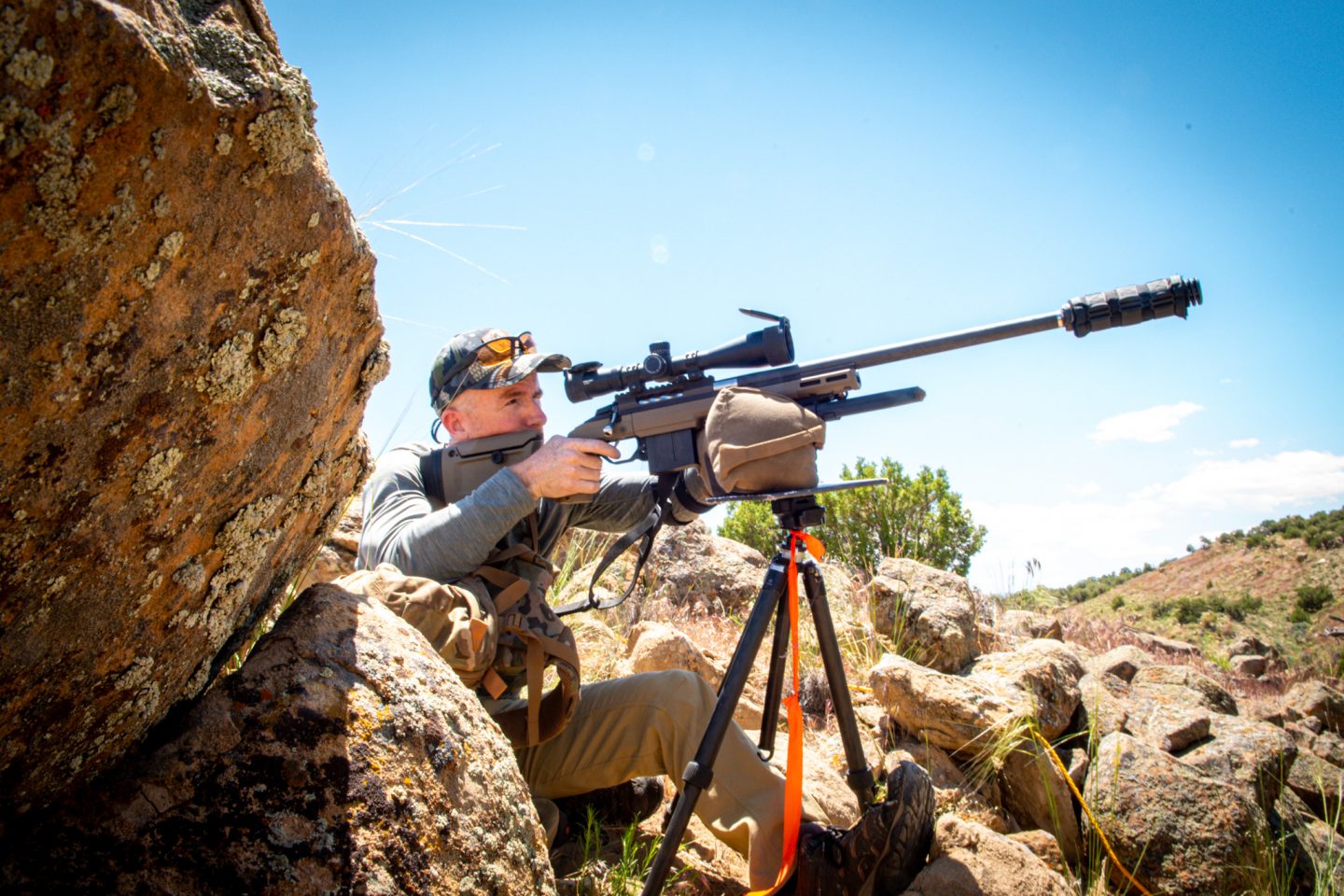
I have also found that with a little work, a shooter can get close to prone levels of accuracy and consistency while standing with a tripod, adding speed, maneuverability, and other positive aspects that you don’t get with prone. Training your standing position also opens up your opportunity for growth in a way you won’t get from shooting prone.
Why is standing up better for growth? Your body axis is quite different in the prone position when connected to a rifle. The rifle and body/spine can be in the same line. In all other positions, your body axis is more perpendicular to the rifle’s axis. Because of this axis shift, your relationship to connecting with the system also changes. Standing is the far end of the axis spectrum, and as you learn to shoot standing and work your positional height back toward prone, you will see more consistency than training from prone up. This conclusion comes from my collection of targets and shooters analyzed through various RifleKraft training and coaching sessions compared to baseline Kraft targets from the site.
In addition to being less stable, you end up needing to learn to balance more input contact points. By experimenting with inputs and outputs, those lessons will carry back to prone as well as other positions. The learning upside to investing time in standing is hard to argue with.
Kraft Baseline Drill
As mentioned earlier, shooting from a standing position is very versatile. Particularly with practice using a tripod, the setup and decision-making requirements are minimized. This can offer more time for other things that require brain power and attention. Using a tripod as the basis for your standing practice makes the setup easy and very fast with a short amount of practice time. In fact, students recently cut their times by 2/3 with only an hour of practice at our last mountain hunter course.
So, to start your exploration, here is a drill I want you to try, film, analyze, and then report your progress on the thread for this article.
Kraft Training:
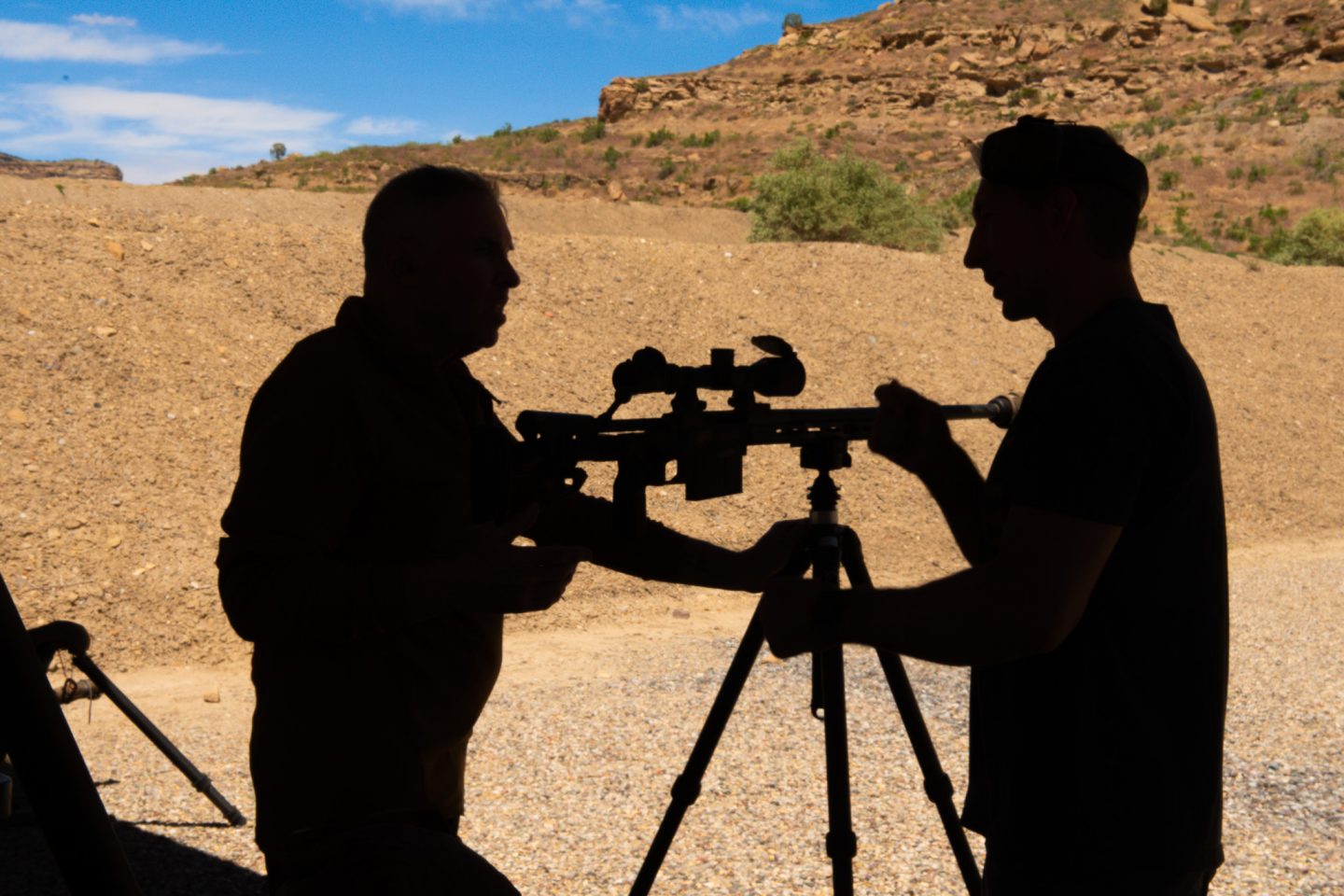
Pick a target at whatever distance that is a competitive size for your application. Set up a standing tripod next to a prone position. Now, I want you to build and break a prone shot or two and record the overall time. Second, do the same with the standing position. Now, what I want you to do is set up your prone shot and time the sequence: prone, standing, prone; also do standing, prone, standing. Compare the shots as well as the split times and overall times. Then reflect on whether the times make sense to you, if they can be improved, and if you can maintain shot hit % or paper group size while you iron out those details. Reflecting on these videos and analyzing them can be very helpful. I will do the same and post the video here to review critically for all of you as well. Now, get to the range and shoot!”
Chris Way


